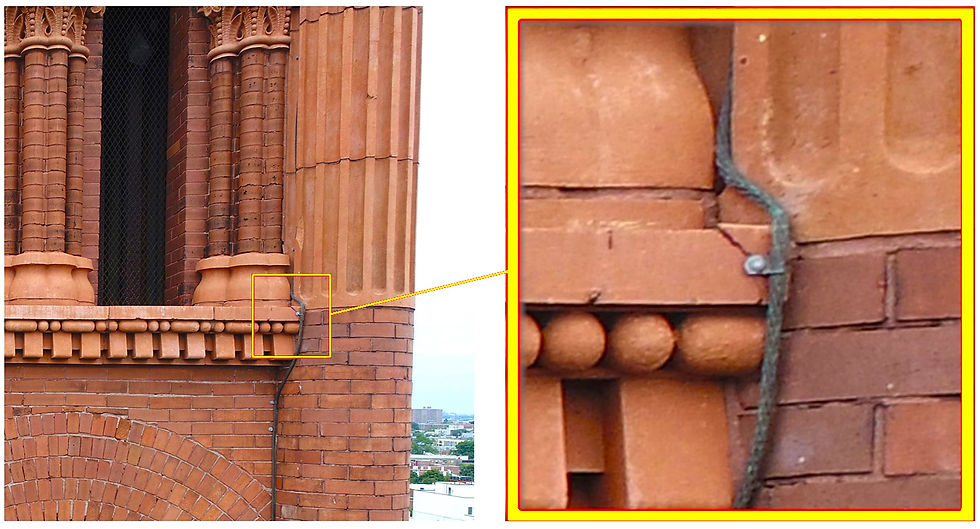Drones to the Rescue?
- Eva Hatzaki, Editor
- Jan 22, 2020
- 2 min read

By Paul Millman, PE, RA
In a recent Op-Ed, Queens city councilman, Paul Vallone and Carlo Scissura, CEO of the New York Building Congress, argue in favor of using Unmanned Aerial Vehicles (UAVs or “drones”) to facilitate the City’s mandated façade inspections. This would be a reversal of years of City prohibitions against flying drones within the five boroughs—and none too soon. We applaud this initiative and our FAA-certified pilots look forward to giving our squadron of four drones a good shakedown within the city limits.
From assisting first responders to delivering pizza, drones are everywhere. Everywhere, that is, except in New York City. That’s thanks to a 1948 law that requires all aircraft to take off and land only from airports, as well as FAA restrictions on airspace that eliminate most of the skies over the City. But for SUPERSTRUCTURES and our clients, this ban is a barrier to using drones for façade inspections through methods like our SurfaceCapture,SM where UAVs could be an important component in creating high-resolution scans of a façade for off-site assessment.
Drones should be considered a powerful complement to traditional methods of façade examination such as physical inspection from scaffolding or lifts, an efficient application of technology that could help achieve the ideal goal of 100% FISP compliance. They’re best deployed to provide an overview of a façade so areas needing greater scrutiny and hands-on inspection can be identified. For example, materials such as terra cotta and concrete are susceptible to spalling (chipping from within the material) and typically should be sounded by hand.

A section of a tower captured by a drone (L) shows a masonry defect (R) which would subsequently be inspected and sounded by hand. PHOTOS: SUPERSTRUCTURES ARCHITECTS + ENGINEERS
Drones extend the reach of visual inspection capabilities, providing close-up and high-definition examinations of a façade. They can also capture a comprehensive record of a façade through camera angles not possible with ground-based photography. For example, they can shoot the tops of sills, where masonry defects are impossible to see from the ground.
We’ve been surprised by notes of skepticism from some of our colleagues questioning both the effectiveness of the technology and the likelihood that the current City ban would ever be lifted. Developers are lobbying to allow drone use to make inspections easier, but that doesn’t mean it’s a play to cut corners. We see it as the future of façade inspections, reducing costs, time to completion, and the risk to personnel posed by rigging. Furthermore, there simply isn’t enough rigging or trained people to cover all FISP inspection needs and drones can be part of the solution.
We’ve used drones effectively outside of New York City to inspect façades of college buildings, avoiding costly rigging and disruption to the life of the campus. Properly piloted and paired with other tools and technology, drones are a means of streamlining an inspection program and a catalyst for a more proactive approach. We look forward to this airborne upgrade to our façade inspection tool kit.




Comments